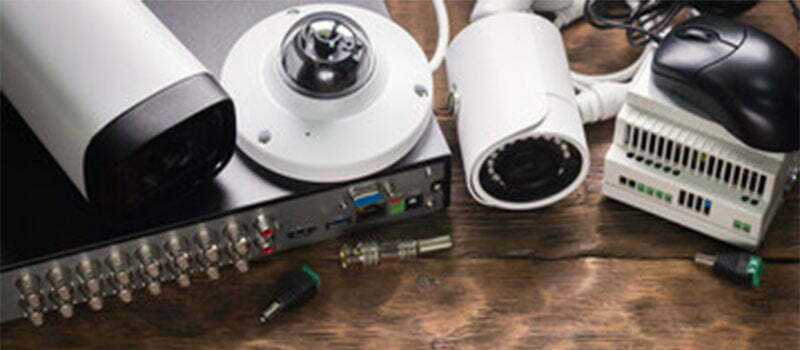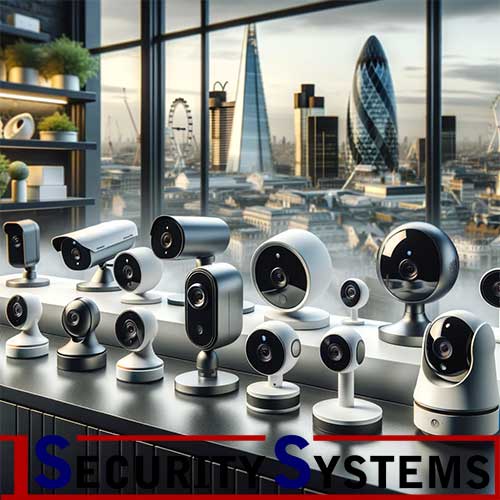Analogue CCTV Systems an Overview
Introduction
The ever-evolving field of surveillance technology has seen numerous innovations over the years. However, Analog Closed-Circuit Television (CCTV) systems, one of the earliest forms of surveillance technology, continue to be relevant in many settings. This article dives deep into the world of analogue CCTV, exploring its workings, advantages, and challenges in the modern surveillance scenario.
What is Analogue CCTV?
An Analog CCTV system is a type of video surveillance system where the video signal is transmitted in analogue format (continuous signal) over a coaxial cable to a single centralized location. These systems typically consist of:
- Cameras: Captures analogue video.
- Coaxial Cables: Transmit the analogue signal from the camera to the recording device or monitor.
- Video Recorders (VCRs or DVRs): Records and stores the footage.
- Monitors: Display the live or recorded footage.
Advantages of Analog CCTV
Cost-Effective: Analog CCTV systems are usually less expensive than their digital counterparts, making them an attractive option for smaller businesses or households on a budget.
Simplicity: These systems are relatively straightforward to install and use. Many existing setups can easily be expanded with additional cameras.
Reliability: Analog systems, due to their inherent simplicity, have a reputation for reliability. There are fewer components that can fail compared to more complex digital systems.
Legacy Infrastructure: Many older establishments already have coaxial cable infrastructure in place, making it easy to replace or upgrade analogue cameras without changing the entire system.
Challenges and Limitations
Resolution Limitations: Analog cameras have a limited resolution, typically capped at around 700 TVL (television lines). This is significantly lower than the resolutions available with modern digital IP cameras.
Limited Features: Many advanced features such as facial recognition, analytics, and more are not available or are limited in analogue systems.
Cabling: Analog systems require separate power cables and often result in more cabling clutter compared to IP systems that can use Power over Ethernet (PoE).
Scalability: Adding new cameras or expanding an existing system might require additional DVR units or other hardware.
Distance Limitations: The analogue signal quality degrades over longer distances, which can be a challenge for large establishments.
Transition to Digital
With the rise of digital IP cameras and the advantages they offer in terms of resolution, scalability, and analytics, many organizations are transitioning from analogue to digital systems. However, hybrid systems have also emerged that allow for a combination of analogue and digital cameras to work together. This allows businesses to gradually transition to digital without a complete overhaul.
Conclusion
While the world of surveillance is rapidly advancing towards digital technology, there is no denying the significant role that analogue CCTV systems have played in the past and continue to play in specific scenarios. Their simplicity, cost-effectiveness, and reliability make them a suitable choice for many. However, as technology advances, businesses and homeowners must weigh the advantages of analogue against the expanding capabilities of digital systems.
CALL US: 020 3479 4007
Talk directly with the installer and get your service fully completed within a day!





